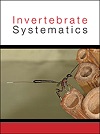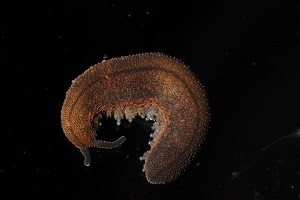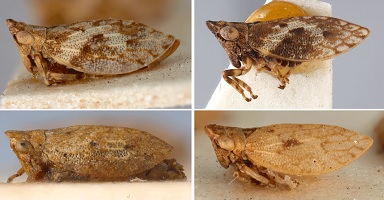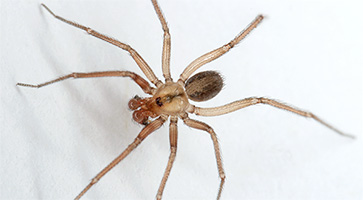Velvet worms are soft-bodied organisms, where crypticity and habitat complexity have created poor taxonomic delineations. This study aims to contribute to the taxonomic revisions through the identification of an undescribed ancient novel lineage living in sympatry, at the Riviersonderend Mountains at Oubos, with the known Peripatopsis lawrencei. In this study, we discovered a new velvet worm species, P. aureus sp. nov., and this is described in this paper. (Photograph by Prof. M. D. Picker.)

Invertebrate Systematics
Volume 38 Number 2 2024
Ulopinae is a distinctive leafhopper subfamily widely distributed across the Afrotropical, Palearctic, Indomalayan and Australasian regions. The Australian fauna is entirely endemic, and many species lack hindwings. Here, we investigate the phylogeny of ulopine leafhoppers, focusing on the genus Austrolopa. Populations previously ascribed to A. brunensis represent new species, suggesting that these insects have narrow ranges and may be further restricted to specific elevations or host plants. Our study demonstrates that non-monophyletic ulopine tribes and genera need reappraisal with integrative methods. (Photographs by O. Evangelista.)
IS23035 Abstract | IS23035 Full Text | IS23035PDF (5.8 MB) | IS23035Supplementary Material (403 KB) Open Access Article
Ninetinae comprises small spiders largely restricted to dry habitats. We studied the ultrastructure, distribution, species limits and karyotype of Papiamenta. The type species P. levii (Gertsch, 1982) may include more than one species but COI and morphology suggest conflicting clade limits. Sperm ultrastructure and gene sequences suggest a close relationship with North American genera, whereas the sex chromosome system closely resembles that of South American genera. Papiamenta is likely an ancient West Indian element of the Leeward Antilles fauna. (Photograph by B. A. Huber.)







